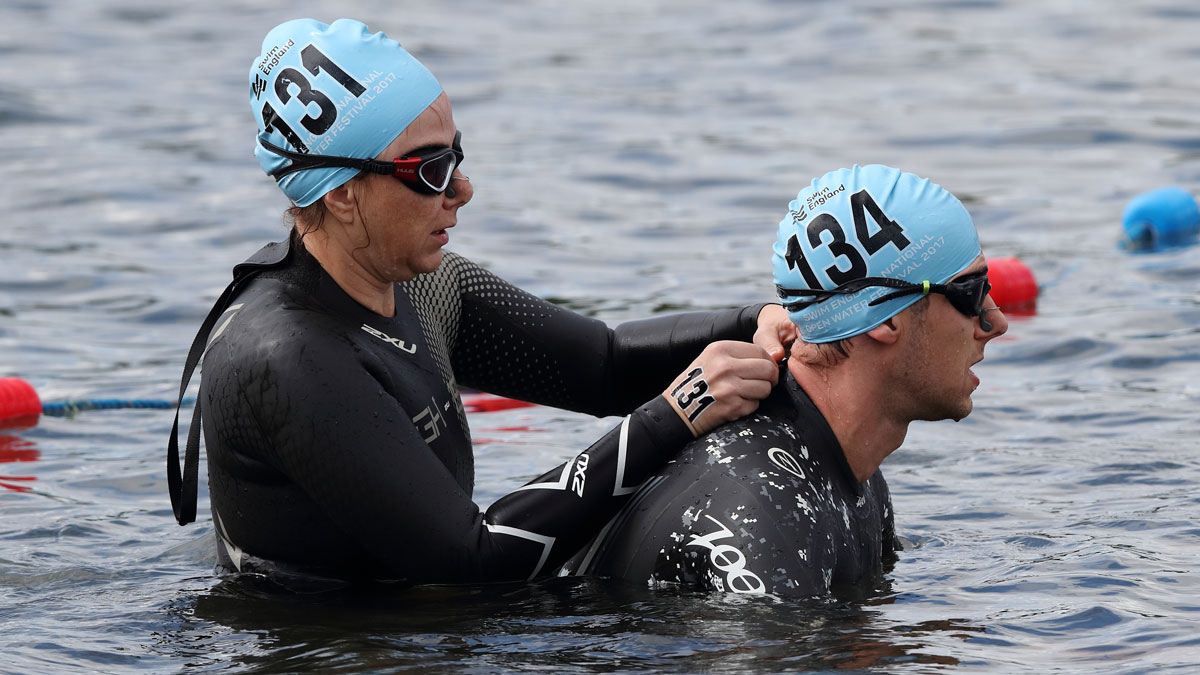
How to choose a wetsuit
October 9, 2018If you’re new to open water swimming or triathlons, chances are you will be faced with the question of how to choose a wetsuit.
And when you’re spending hundreds of pounds on something that can affect your swimming so much, it’s important to get this choice right.
Even if you’re simply hiring a wetsuit at a competition, making the wrong choice can result in valuable seconds – or minutes – lost.
So before you dive in and invest in the shiniest, brightest or most expensive, take a look at our tips for how to choose a wetsuit.
Try before your buy
As our open water blogger Val says, if you’re buying a wetsuit, it’s a good idea to find somewhere which offers a ‘try before you buy’ option.
Some shops offer sessions where you can try on a range of wetsuits at a local pool and work out which one suits you best.
If you have friends of a similar shape and size who own a wetsuit, perhaps ask them nicely if you can try theirs.
5 tips for choosing a wetsuit
It should go without saying that your wetsuit needs to be comfortable. Swimming in open water can be challenging enough as it is without a poorly-fitted wetsuit literally dragging you back.
Flexibility in the right places is also vital. Once inside your wetsuit, try practising some arm strokes and stretching to the ceiling. You should be able to move your arms without lots of pressure on your shoulders.
How else do you know if a wetsuit is the right fit? The key contact points are around the wrists, neck and ankles.
- The wrists of the suit should conform well to your body. As your arm pushes through the water you don’t want cold water shooting up the arm. This will cause drag, and fill the suit with water and the wetsuit will not work at its best.
- The neck of the suit should conform to the neck and be snug enough not to let a large amount of water into the suit. There are various cuts/designs available from different brands, some with lower wider necklines, higher-end wetsuits may also have different materials on the neck in an effort to prevent chaffing, and getting the correct body length may also affect how the neck feels when swimming.
- Tapered legs down to the ankles ensure a more streamlined kick and help with getting the suit on and off.
- In terms of performance, there are a wide variety of wetsuits available. More expensive wetsuits tend to have more flexible neoprene or more complex constructions blending different thicknesses to balance warmth, comfort, flexibility and speed.
- The vast majority of wetsuits are made from neoprene that is produced from oil, these products cannot be easily recycled and often go to landfills. More environmentally friendly versions of neoprene are available, limestone based neoprene is often sold under names like Yamamoto, Bioprene or Georprene. The most recent development in environmentally friendly wetsuit technology is Yulex, a neoprene alternative made from natural rubber. As with all new products, the best thing to do is only buy once and look after it well, make sure you follow the care instructions from the manufacturer carefully to get the longest life out of your wetsuit.
 Swim England Open Water Swimming Hub
Swim England Open Water Swimming Hub